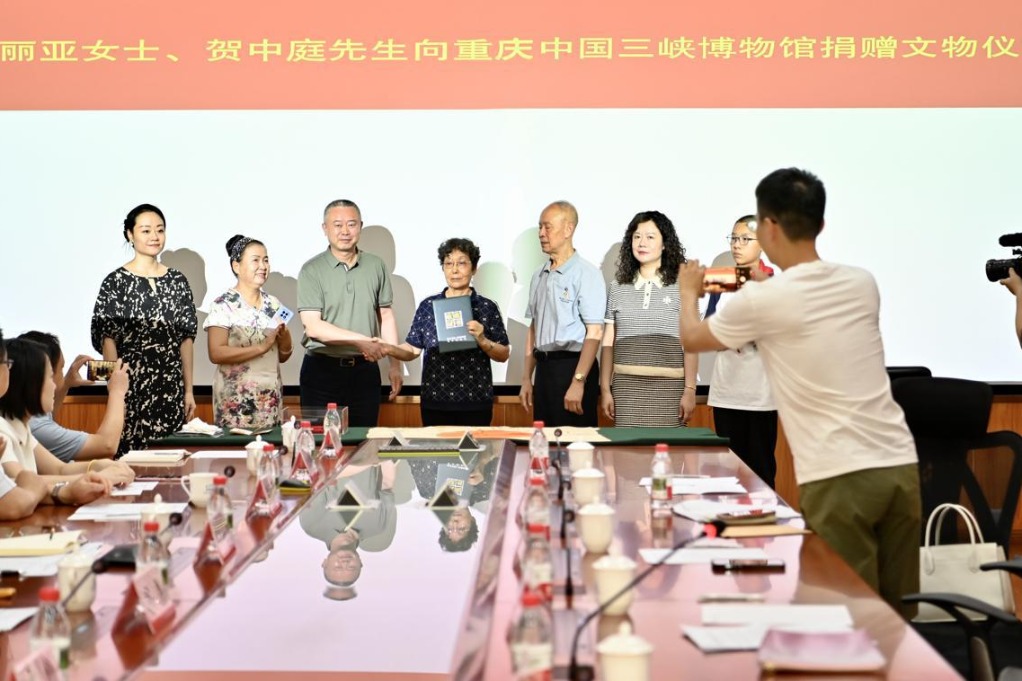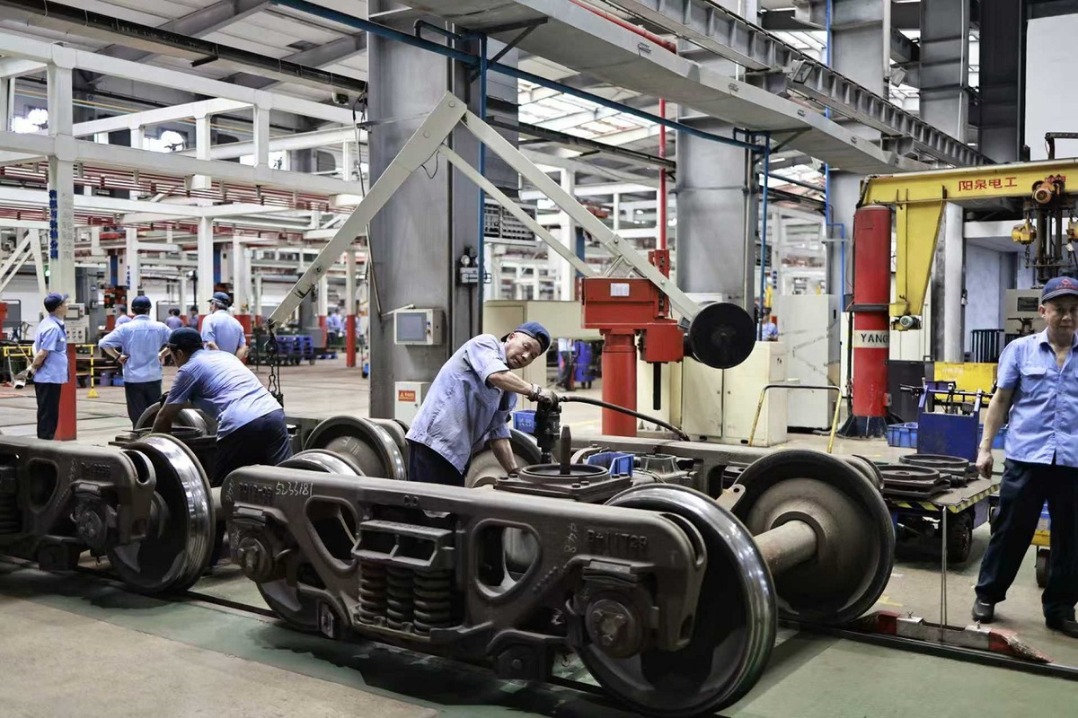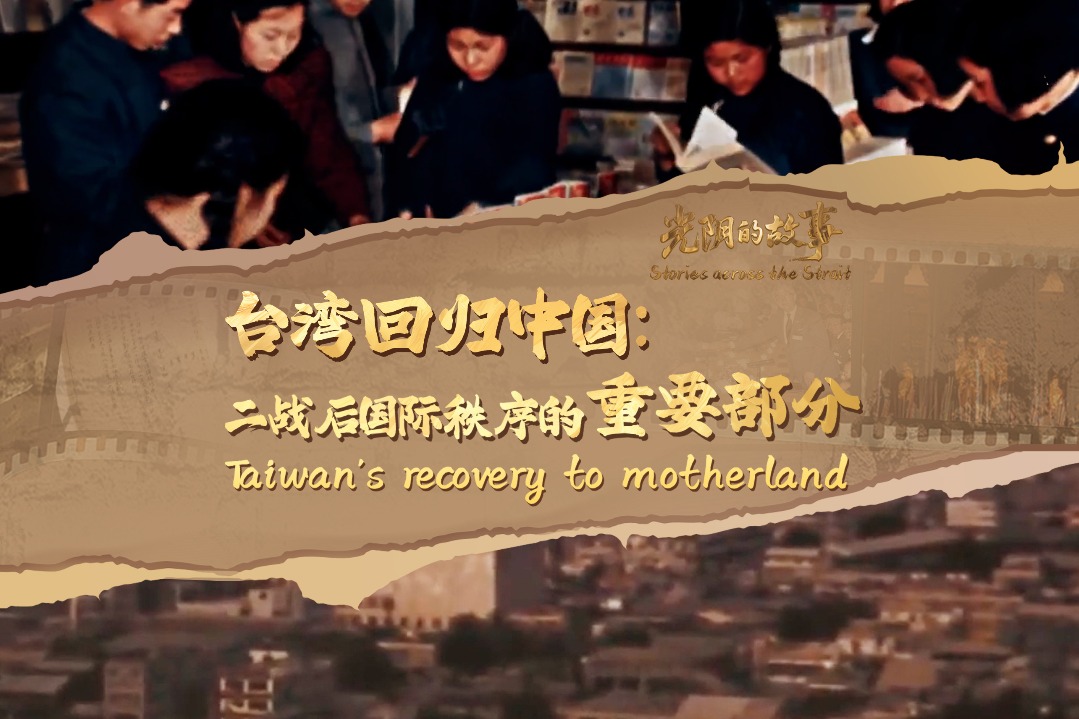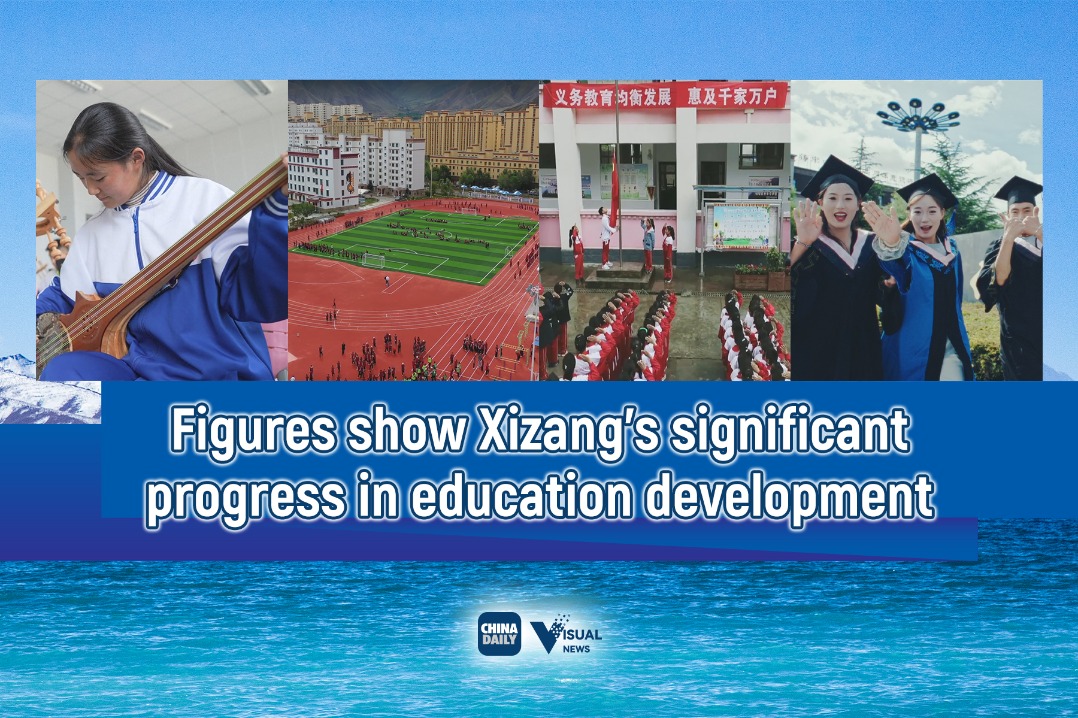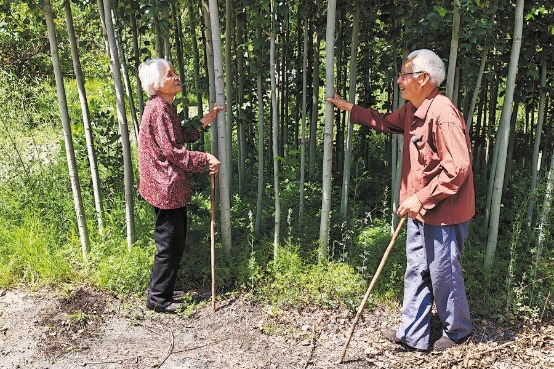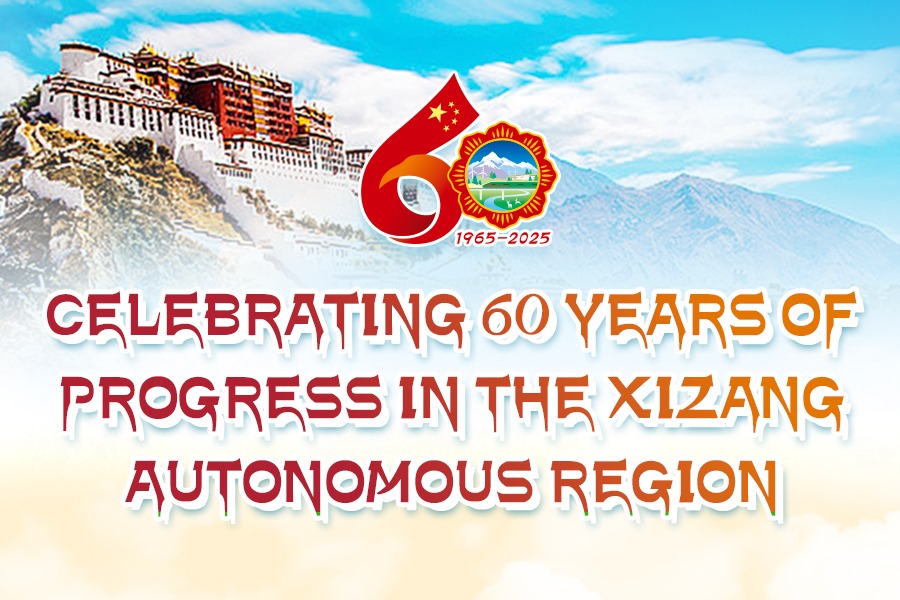New era for China-ASEAN relations

 Dynamic partnership promoting peace, stability and economic growth in East Asia
Dynamic partnership promoting peace, stability and economic growth in East Asia
This year marks the 70th anniversary of the founding of the People's Republic of China and the 52nd anniversary of the establishment of the Association of Southeast Asian Nations. Over the years, both China and the ASEAN have achieved remarkable development, as China has become the second-largest economy in the world and the ASEAN the fifth.
The two established a dialogue relationship 28 years ago and a strategic partnership 16 years ago, embarking on an extraordinary journey of cooperation and development. As President Xi Jinping pointed out in his congratulatory letter to the opening ceremony of the China-ASEAN Year of Media Exchanges this February, China-ASEAN relations have entered a new stage of all-round development.
Among all of the ASEAN's dialogue partnerships, China-ASEAN partnership is the most important and dynamic one, and also the most substantial and beneficial. It has become a pillar of regional peace and stability, a driving force for economic growth and a beacon of hope for regional cooperation in East Asia.
The sound relationship is manifested in a clearer development path and increased strategic mutual trust. Leaders of both sides have charted the course of China-ASEAN relations. For instance, President Xi has proposed building a closer-knit China-ASEAN community for the long term.
In addition to frequent high-level bilateral visits, leaders of the 10 ASEAN countries and the ASEAN Secretariat attended the Second Belt and Road Forum for International Cooperation this April, demonstrating the high-level mutual trust between the two sides. China and the ASEAN adhere to dialogue and consultation to handle disputes and are jointly committed to safeguarding peace and stability in the South China Sea.
Thanks to the commitment, a single draft negotiating text for the Code of Conduct in the South China Sea has been put forward. The two sides have also carried out defense and security cooperation, such as their first joint maritime exercise.
At the same time, economic and trade cooperation have grown steadily. When global economic growth slowed and trade protectionism gained track in 2018, the China-ASEAN trade volume reached a record high of $587.8 billion, a year-on-year increase of 14.1 percent. In the first half of this year the ASEAN for the first time overtook the United States to become China's second-largest trading partner, and trade volume of the whole year is expected to reach $600 billion.
Friendly people-to-people exchanges have become ever more prosperous. Last year saw a total of 57 million people visiting between the two sides, and nearly 4,000 flights every week. China is the largest source country of tourists for the ASEAN countries, and more and more ASEAN people are choosing to work and study in China.
China and the ASEAN are cooperating on more international affairs. They have jointly pushed forward negotiations on the Regional Comprehensive Economic Partnership Agreement, as well as made concordant efforts to safeguard the rules-based multilateral trading system and combat protectionism and unilateralism.
At the sub-regional level, both are advancing the Lancang-Mekong cooperation and the cooperation between China and the Brunei-Indonesia-Malaysia-Philippines East ASEAN Growth Area. In light of their common values of openness, inclusiveness and mutual learning between civilizations, both have stepped up communication to address the hotspot issues for regional peace and stability.
The ASEAN will always be a priority for Chinese diplomacy toward neighboring countries, and looking into the future, China will remain committed to furthering all-round cooperation with the ASEAN and to building a higher level strategic partnership. In particular, both sides should strengthen cooperation in the following five areas.
Firstly coordinating their strategic planning. Last year, the China-ASEAN Strategic Partnership Vision 2030 was adopted at the China-ASEAN Summit, which painted a blueprint for the long-term development of bilateral ties. Under the guidance of Vision 2030, both sides should integrate the Belt and Road Initiative to the Master Plan on ASEAN Connectivity 2025, and consolidate the"3+X cooperation framework".
Secondly cultivating new growth points for cooperation. The two sides have agreed to set next year as the Year of the China-ASEAN Digital Economy, which offers an opportunity to expand cooperation in new areas such as the digital economy, e-commerce, smart cities and 5G. Cooperation in sustainable maritime development is also a focus for the future.
Thirdly substantiating people-topeople communication. A strong China-ASEAN relationship boils down to closer people ties. The ASEAN-China Young Leaders Scholarship was established this year, a flagship project run by China-ASEAN Cooperation Fund Management Team under the ASEAN Secretariat. It is expected to enhance friendship, communication and mutual understanding among the peoples of China and ASEAN, especially the young generation.
Fourthly upholding multilateralism. In a world facing increasing uncertainties with rising protectionism and unilateralism, regional hotspot issues have cropped up, bringing unprecedented challenges to East Asia. Defending multilateralism is in the best interests of both China and ASEAN, by advocating openness, inclusiveness and winwin results. The two sides could make use of regional cooperation platforms like the Jakarta Channel (a multilateral cooperation platform for East Asia centered on ASEAN), upgrade their FTA protocol and conclude the RCEP negotiations to facilitate free trade.
Fifthly safeguarding regional peace and stability, which is the common aspiration and a shared responsibility of China and ASEAN countries. Both are committed to the negotiations for a code of conduct for the South China Sea and the formulation of regional maritime rules. Both are exploring joint maritime exercises and a mechanism for a defense chiefs' meeting, as well as expanding exchanges and cooperation in military security and law enforcement to tackle regional security challenges.
China and the ASEAN are working together toward a new era of greater cooperation. China is willing to work with the ASEAN to develop a partnership for development, win-win, innovation and mutual understanding, under the guidance of the Vision 2030.
The author is Chinese ambassador to Association of Southeast Asian Nations. The author contributed this article to China Watch, a think tank powered by China Daily. The views do not necessarily reflect those of China Daily.
- Audit finds disbursement of pension benefits to deceased individuals in Shandong
- China's new deep-sea explorer Haiqin completes mission in South China Sea
- Chinese MedTech wows African physicians
- South China island province activates highest alert as Typhoon Kajiki nears
- Sanya activates red alert as Typhoon approaches
- Recall vote shows 'Taiwan independence' separatism doomed to fail

















